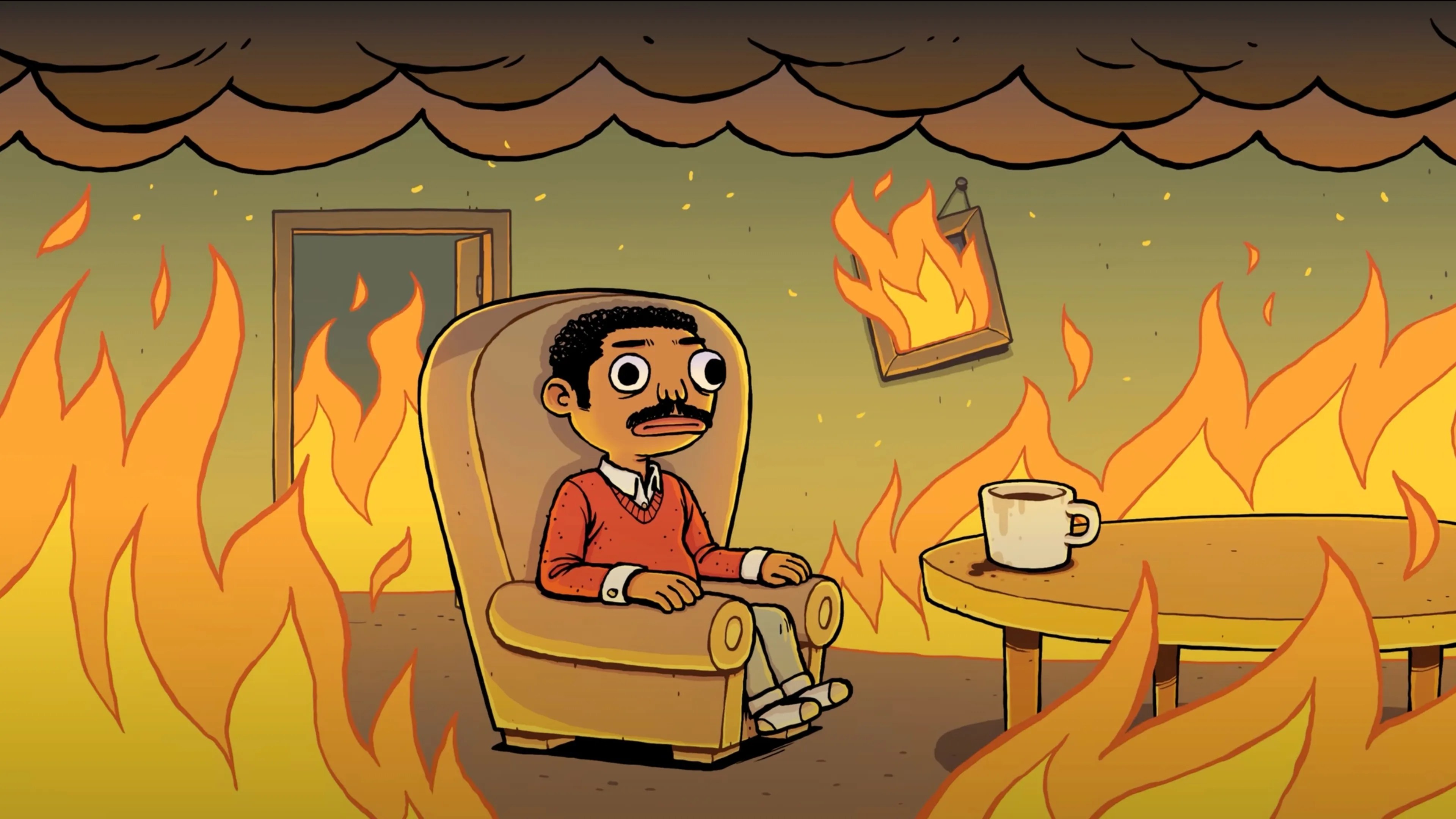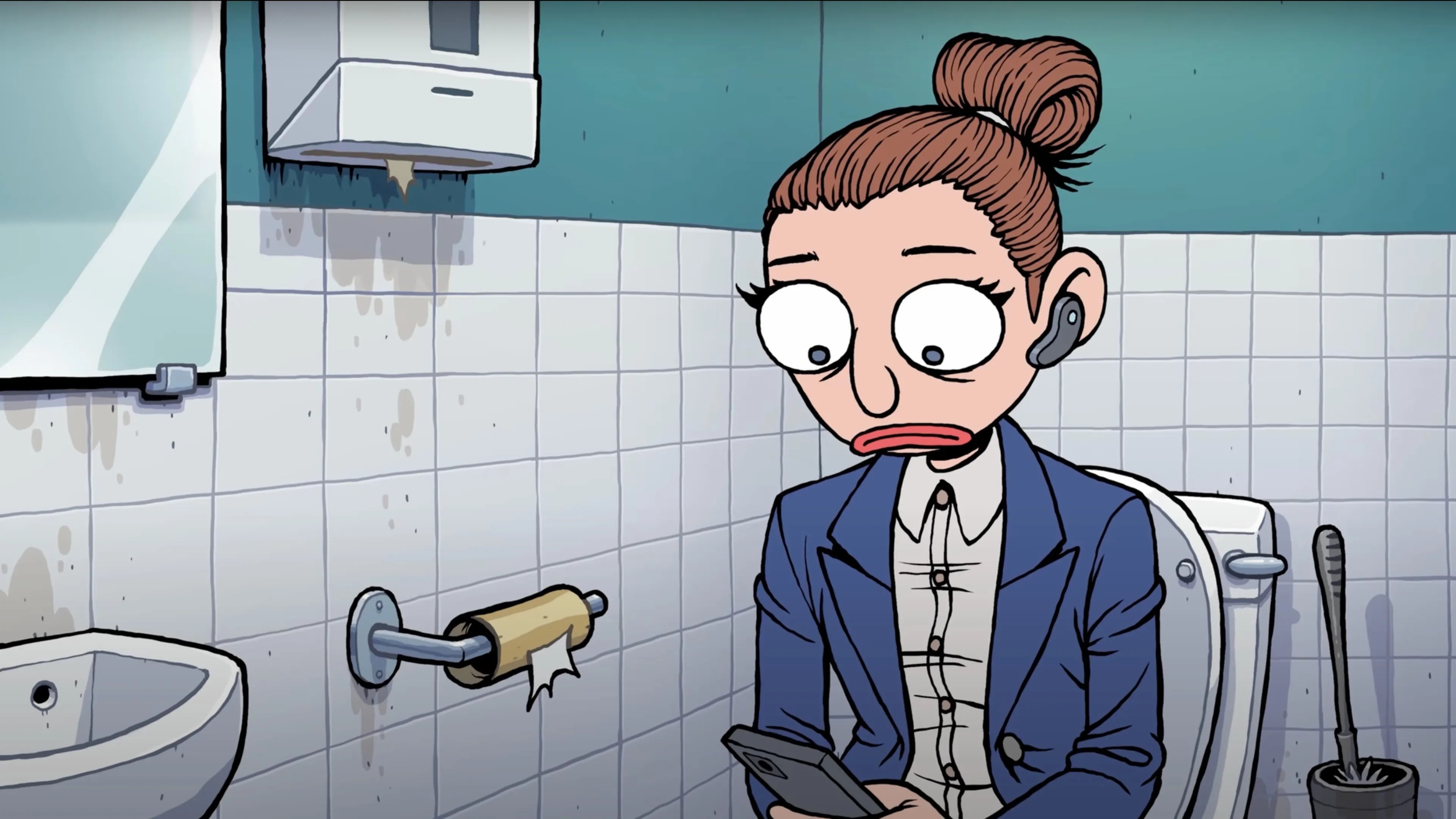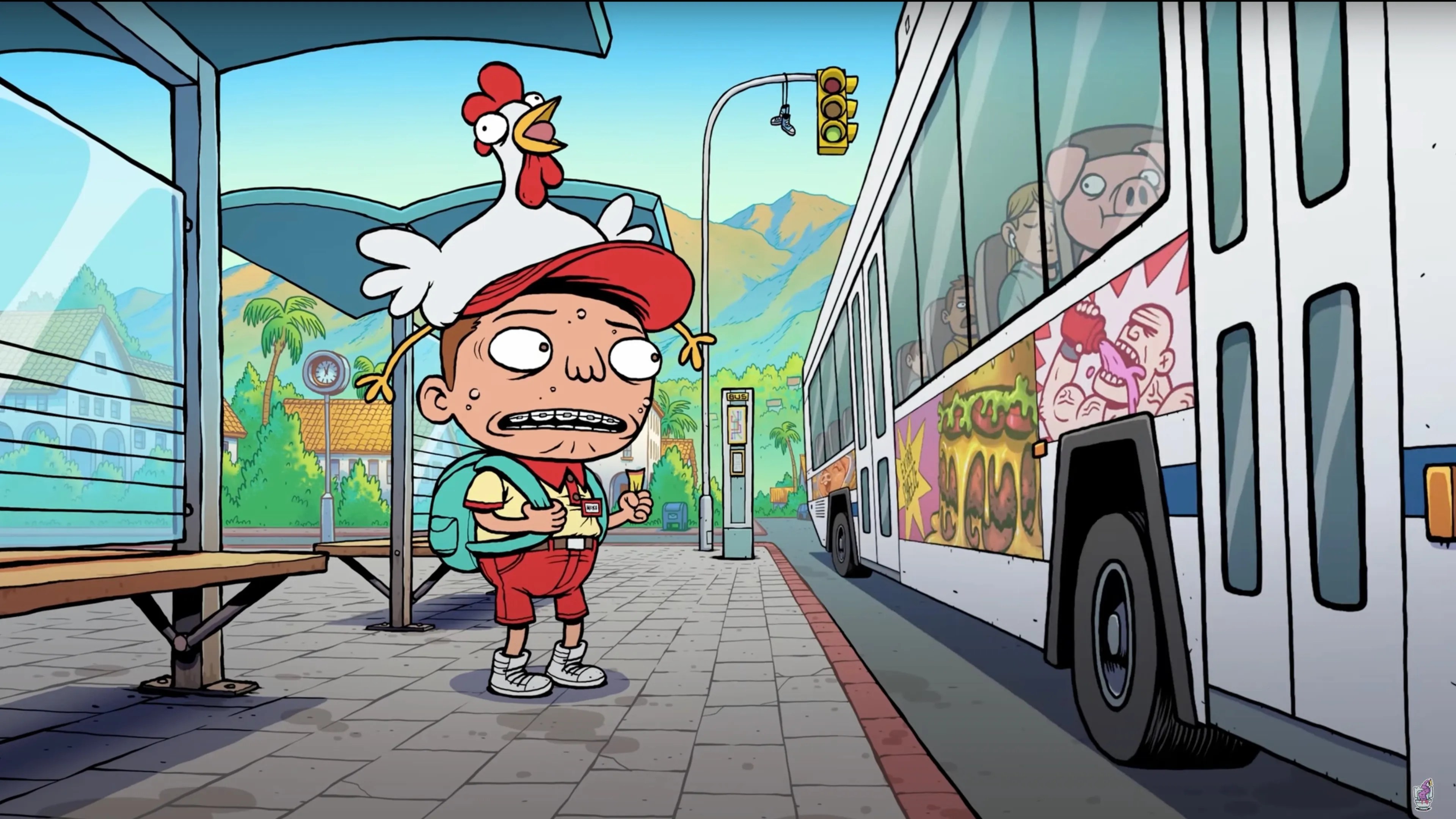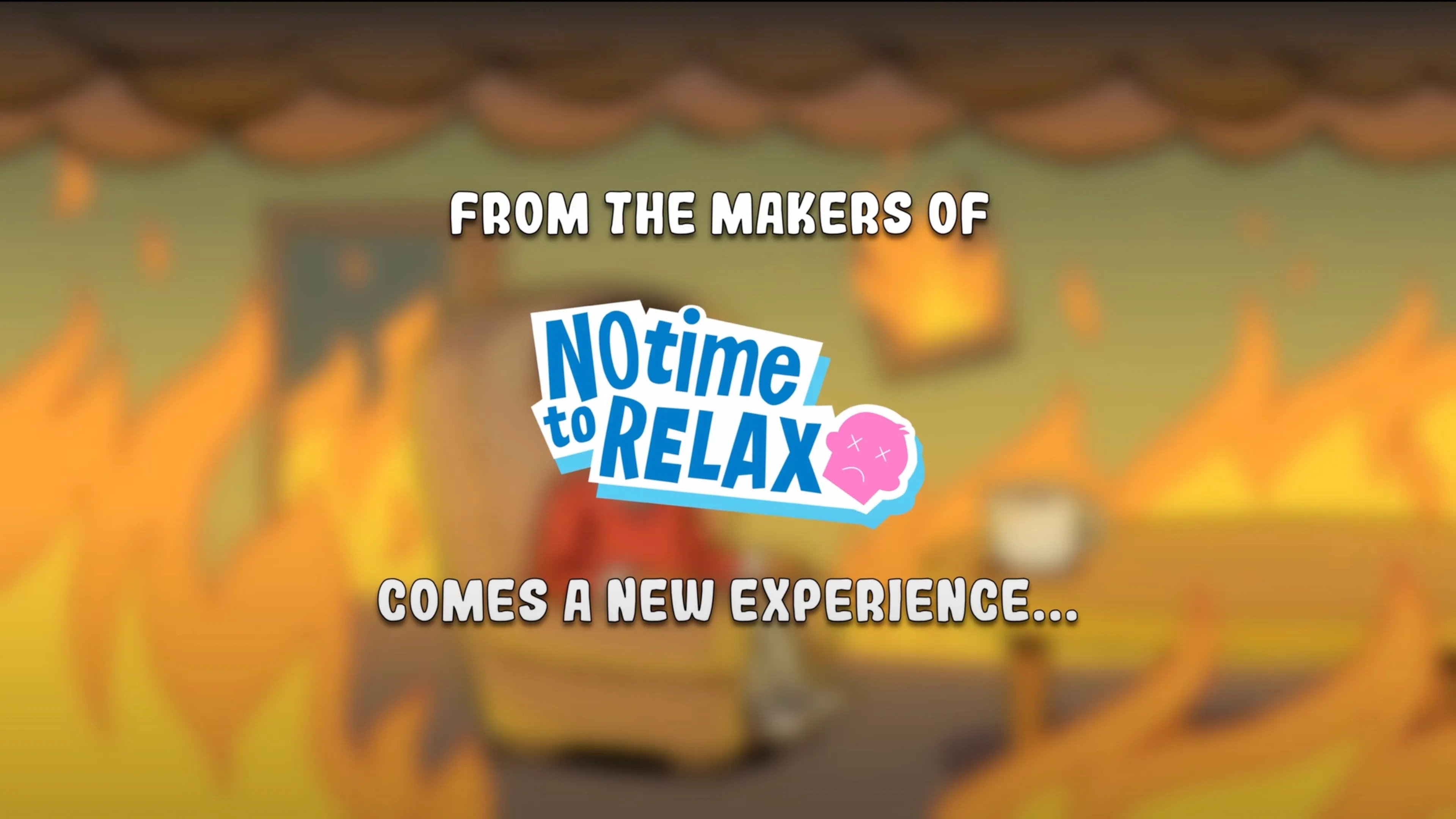Back in 2019, Icelandic video game studio Porcelain Fortress releasedNo Time to Relax, a fast-paced, competitive 4-player life simulator. Players would take turns and attempt to live their lives as much as possible during that time, all while balancing their avatar’s health and happiness, as well as their education and income.No Time to Relaxbecame a bit of acult hit thanks to streamers, and six years later, Porcelain Fortress is looking to return to its competitive life-sim roots withWalk of Life.
Currently aiming for a Q3 2025 early access release on Steam,Walk of Lifeis a direct successor toNo Time to Relax, taking the same frantic 4-player gameplay structure and building on it in some significant ways. Game Rant recently spoke with Porcelain Fortress Founder Björn Elíeser Jónsson, who shed some light on the studio’s journey so far and some ofWalk of Life’s biggest inspirations.This transcript has been edited for brevity and clarity.

A Brief History of Porcelain Fortress
Q: Could you take me through the journey of Porcelain Fortress' formation, and the journey to get toWalk of Life?
A:We were originally founded as aVR gaming companyin 2016. Three months later, in December 2016, the VR market crashed again. I can’t remember how, but I met two 2D artists and asked if they wanted to join us during the move from 3D, and they said yeah. So it was like, “Yeah, we’re going to make it still.”

In 2017, the company was officially founded, and we went through an accelerator in Iceland. We started working on our first game. There were a lot of prototypes we went through, and a lot of stuff didn’t pan out. We even tried doing a battle royale Micro Machines-like game…but we were way over our heads.
Me and the other Porcelain Fortress founder were taking a walk outside just to clear our heads. We were talking about an old game calledJones in the Fast Lane, which had never gotten a remake and no one had ever made anything similar, except for maybe someFlash games in the 2000s. We were like, “Why don’t we just make that?” So we did.

We started working on it. It was super simple. We thought we could use it as a proof of concept to prove that we have a good team that can publish a game. We made the original version ofNo Time to Relaxin about six or seven months. We published it in early access and worked on it for about a year after that. It became a slight success due to streamers. Streamers started picking it up, and sales started picking up after that. We even had streamers in Thailand playing our game.
We were so sick ofNo Time to Relaxby then. I had worked on this game for 12 hours a day for more than a year. We moved on to making our next dream project, which was a fantasy gameinspired bySimTower. We shopped it around for a while, but it didn’t pan out.

We did some extra work in the meantime. We created the app forReturn to Dark Tower, which is a board game made by Restoration Games. We also made some platformers for our friends over at Vivaldi. And then someone said, “What if we did all the stuff we wanted to do inNo Time to Relaxbut had to cut because of time?”
We made a pitch forWalk of Life. We got funding. And now we’re making the dream version of the competitive life simulator that we always wanted to make.

Walk of Life - A Competitive Life-Sim With Plenty of Humor
Q: Could you give me a top-level overview ofWalk of Life?
A:First and foremost, it’s a fun,competitive life simulatorthat’s funny. We really want it to be funny and entertaining, not just stressful and competitive. You should be able to play through life in a weird way, but also in a way that feels fulfilling for you. You can play as a CEO who wants to own cars, live in a fancy apartment, and has to work 12 hours a day.

But you can also play as someone who just wants to flip burgers, relax at the park, and chill with your friends. That should give you a similar number of points to what the CEO is doing. That’s the dream.
Q: Are there any particular inspirations forWalk of Life’s humor?

A:To throw out names… I met Ron Gilbert when he was here in Iceland. I was asking what it was like to come to Iceland and be surrounded by fans who love his work. He was saying it was normal because everyone in Europe knows him. His adventure games were huge in Europe. We really look up togames likeManiac Mansion,Monkey Island, andDay of the Tentacle, the latter of which we have referenced in our own logo.
Icelanders also have very similar humor to the British. We had all the same shows back in the day, likeBlackadderandMonty Python. SoWalk of Lifeis a little bit of a farce, a little bit of a twist on reality. Things are a little bit weird.

Q:Walk of Life’s art style is just as vibrant as its humor. Are there any particular inspirations there?
A:You’d have to ask our artists. They both studied in California. I don’t know if it comes from there, maybe?
Q: What are some key elements fromNo Time to Relaxthat are coming back inWalk of Life, and what’s new?
A:It’s the same sort of formula. You have to go to a location, you do actions at that location. But we really want to elevate. The map should be changing thematically. You should be able to access a map that has different buildings. We could create a fantasy version where you mine as a blacksmith. We have an idea for a sort ofDungeons & Dragons-inspired mapwhere you’re running the town for the adventurers.
Everything is more modular. We can easily customize things and add new actions. We added the mining action for EVE Fanfest, for example.
Q: Is it part of the plan to add new settings and themes toWalk of Lifeas DLC?
A:We’ll probably do some free updates to make the game better. But yeah, if we do big packages with new settings, then that would be DLC. I’d love toteam up withStar Warsand have a map where you’re a moisture farmer.
Q: HasNo Time to Relax’s success with streamers factored intoWalk of Life’s development?
A:Yes. When we were originally developingNo Time to Relax, Diðrik Steinsson, one of our co-founders, sent out some feelers to other indie companies. They were super helpful, especially the guys over at Clever Endeavour Games, who madeUltimate Chicken Horse. They told us that streamers are the new way to get people to play our games. This really hadn’t caught on when we were makingNo Time to Relaxin 2018.
We actively sought out small streamers. We sent out keys and hoped they’d play the game. There’s a trickle-up economy with streamers, where if you get enough small streamers playing your game, the bigger streamers will see what’s happening and join in.
WithWalk of Life, we’re looking at allowing streamers to put their own avatars into the game, and allowing them to give followers their avatar via a drop while they’re playing or something.
Q: How has the Icelandic Game Industry (IGI) supported Porcelain Fortress andWalk of Life?
A: At the start, I said to Diðrik that we need to join IGI right now, otherwise nobody will know who we are. It’s so easy to start a video game company, and people will kind of laugh at you. We had to show them we’re part of an industry, we’re a real company.
[END]